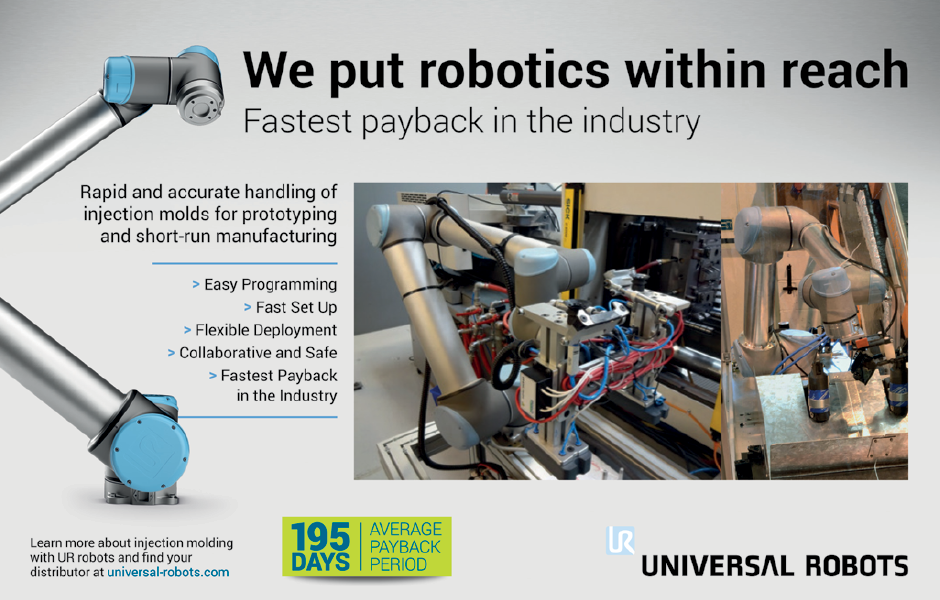
The fall in energy values during the first quarter of 2015 led to steep declines in petrochemical costs. With declining feedstock costs, polymer prices came under pressure. Polycarbonate, however, has maintained its price levels despite a significant drop in the polymer’s production cost. How is this possible?
It’s About Benzene…
The short explanations of this phenomenon include the phrases “supply/demand factors” and “the impact of benzene volatility,” but a little background will help clarify the point. Polycarbonate cost is highly sensitive to benzene prices. The majority of benzene is made as a by-product of refinery operations, whose purpose is to produce motor fuels, or as a by-product of ethylene production.
North America is a net importer of benzene, and the region’s domestic supply has grown shorter as ethylene producers shifted feedstocks from oil-based naphtha to more economical natural gas liquids, which produce lower levels of by-products. With incremental benzene demand supplied by imported materials, the market is more vulnerable to supply delays or interruptions, and market prices have had a tendency to be volatile.
What does this have to do with polycarbonate? For the last few years, the pattern of sharp benzene price increases followed by swift declines has, in effect, robbed polycarbonate of its pricing power—its ability to pass cost increases downstream to customers. Higher benzene prices led suppliers to announce price increases only to find that rapidly declining benzene prices made these increases impossible to implement.
Consequently, producers saw declining margins, with global polycarbonate margins hitting historic lows for the last few years. Margin levels made it difficult to justify adding new capacity, thus several expansion projects have been deferred. Some Asian suppliers have decided to close plants due to poor returns, while one plant has been closed in North America. These closures have tightened the global supply outlook. Producers are now focused on improving margins.
...and Inelastic Demand
Falling energy costs in the first quarter gave polymer producers an opportunity to improve margins by retaining some of the cost savings resulting from lower feedstock prices. Polycarbonate producers in Europe and North America announced price increases in the second quarter, which are seeing some traction, and prices have been higher in Asia recently. While the increases may not be fully effective, they do put a floor under current prices for now.
Back to the question we started with, how is this possible? Tighter supply always helps support price levels. In the case of polycarbonate, it can be argued that for much of the business, including the commodity end, demand is inelastic. Polycarbonate’s combination of high impact resistance, heat resistance, and clarity limits substitution by other polymers. Ultimately the market will decide.
The author is Paul Blanchard, Director, Engineering Plastics, IHS Chemicals; he can be reached at paul.blanchard@ihs.com.
Resin Market Focus, by IHS Chemicals, provides ongoing insights into key industry topics and trends for major plastics and engineering resins, covering all major regions. IHS Chemicals provides extensive industry insight, analytics, and data for over 300 chemical markets worldwide, including the global plastics, polymers, and engineering resin markets. Learn more or inquire about IHS content at U.S. 888-293-8153 or AmericasTQ@ihs.com.![]()

